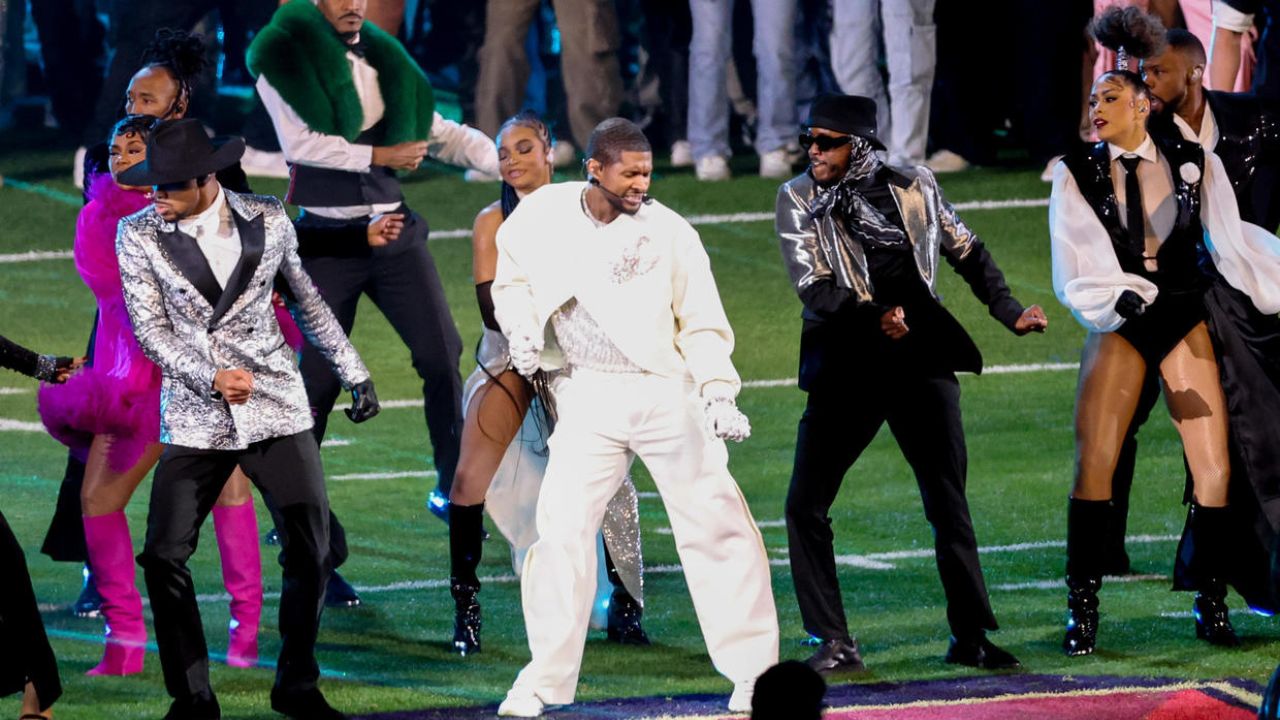In the high-stakes trial involving former President Donald Trump and allegations of financial misconduct with Deutsche Bank in New York, the courtroom atmosphere was tense as the representative for the bank carefully chose their words, avoiding direct accusations of fraud. The legal proceedings unfolded with a meticulous dance of language, as the representative navigated the intricacies of the case without explicitly employing the “F-word” – fraud.
The defense, representing Trump, vehemently contested the accusations, portraying the transactions in question as legitimate business dealings. The prosecution, on the other hand, painted a narrative of financial impropriety, carefully presenting evidence to support their claims.
Throughout the trial, the representative for Deutsche Bank walked a fine line, skillfully selecting terminology that conveyed concern without outright alleging fraudulent activities. The legal strategy seemed to revolve around maintaining a measured tone to avoid potential legal repercussions or damage to the bank’s reputation.
In lieu of using the explicit term “fraud,” the representative focused on phrases such as “irregularities,” “questionable practices,” and “concerning financial transactions.” These carefully chosen words aimed to convey the seriousness of the situation without making definitive accusations that could be legally contested.
The trial unfolded as a battle not only of evidence but also of semantics. Each side strategically employed language to shape the narrative in their favor, recognizing the power of words in influencing the perception of the case.
As the courtroom drama played out, the public and media closely followed the trial, parsing every statement and nuance in an attempt to decipher the true nature of the financial dealings under scrutiny. The absence of the explicit use of the “F-word” added an extra layer of intrigue to the proceedings, leaving observers to speculate about the legal implications of the carefully chosen language.
Ultimately, the trial’s outcome hinged on the effectiveness of the legal arguments presented, the strength of the evidence, and the ability of each side to convince the judge and jury of their version of events. The tension in the courtroom, amplified by the strategic use of language, underscored the gravity of the allegations and the potential consequences for all parties involved.



